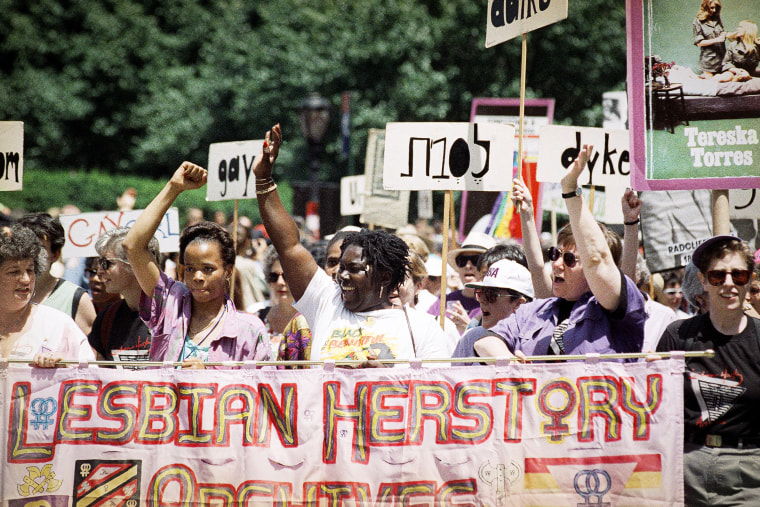Deborah Edel, one of the founders of the Lesbian Herstory Archives, the home of a lesbian history trove in Brooklyn, New York, said that sometimes when she gives tours of the archives, people will get very quiet.
“I think, ‘Oh, am I boring them? Should I throw in a joke and try to be funny?’ she said. “Then I realize, I’m very familiar with the collection, but this for them is the first time, and they are overwhelmed by the material, by being in such an environment, by being surrounded by so much lesbian material and lesbian history, and they’re taking it all in quietly.”
Edel, who co-founded the archives 50 years ago, in 1974, with writer and activist Joan Nestle, among others, said people from all over the world come to visit.
“Some people come to do research, they’re very focused, and other people come because they just want to get swallowed up by lesbian culture,” said Edel, who will turn 80 this year.
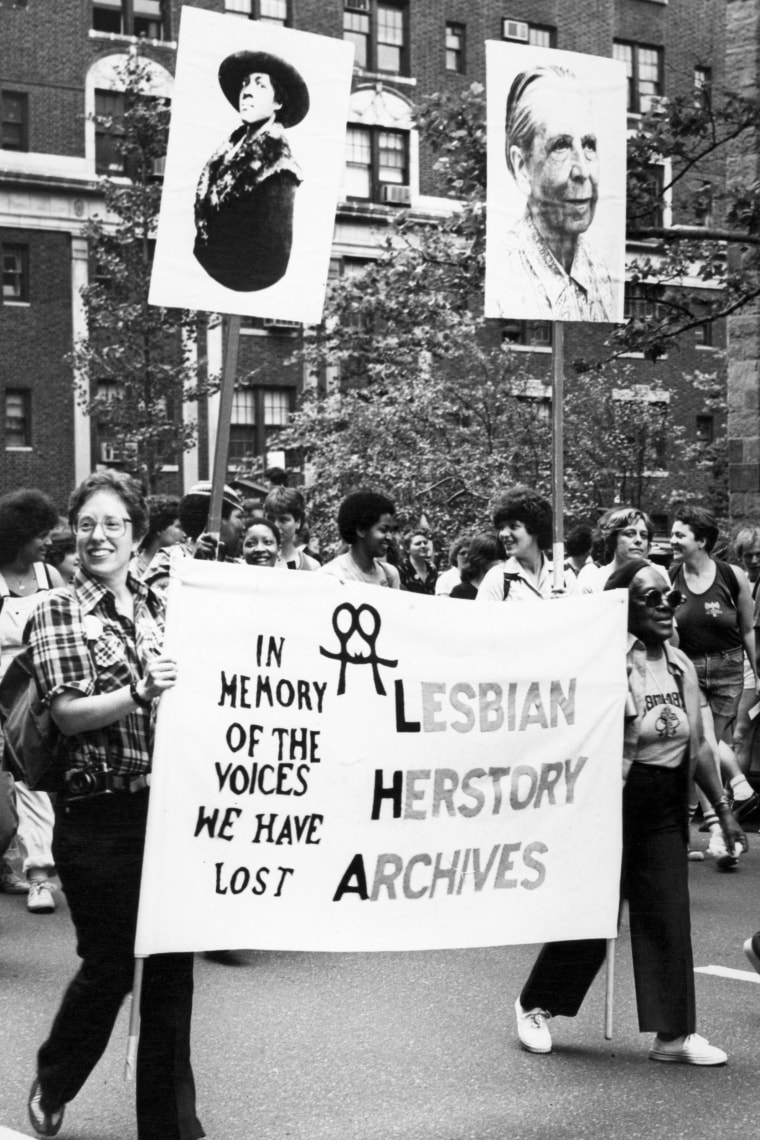
From the outside, the building that houses the archives looks like all the other brownstones on the picturesque, tree-lined Brooklyn street, just off Prospect Park.
Once inside, the first floor looks like the combination of a library, a home office and the private apartment of a retired literature professor. Books line most of the walls, which are painted a pinkish purple, and historical photographs and posters are displayed wherever there’s a bit of wall space.
The bookshelves lining the first floor have a diverse array of Sapphic titles, where one could find anything from a groundbreaking lesbian memoir published in 1939 to a lesbian cookbook from 1983. In the narrow hallway next to the stairs, one of the must-see items is a uniform jacket of a lesbian Army medic who was stationed in Vietnam.
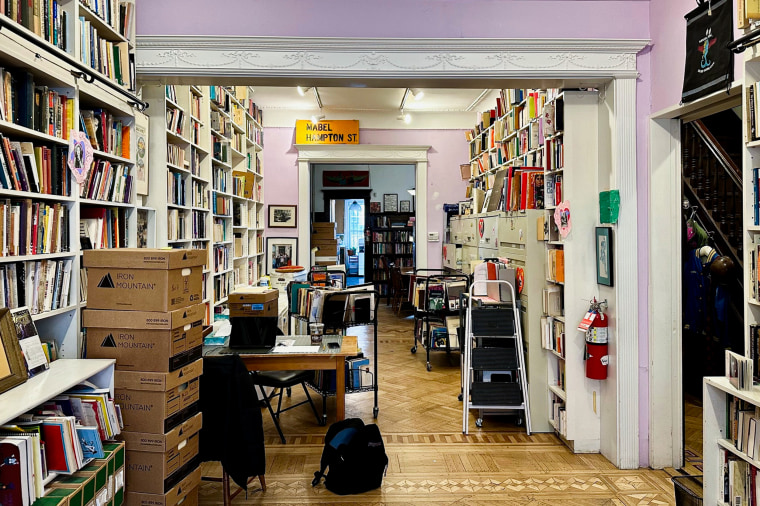
Looking through the seemingly endless folders and file cabinets on the second floor, one may be surprised at the rich history that can be uncovered, from photocopies of the short-lived 1940s lesbian magazine Vice Versa to a 1983 issue of The Gayly Oklahoman.
One of the larger framed images on the wall of the second floor is a poster from the 1974 Midwest Lesbian Conference and Music Festival in East Lansing, Michigan.
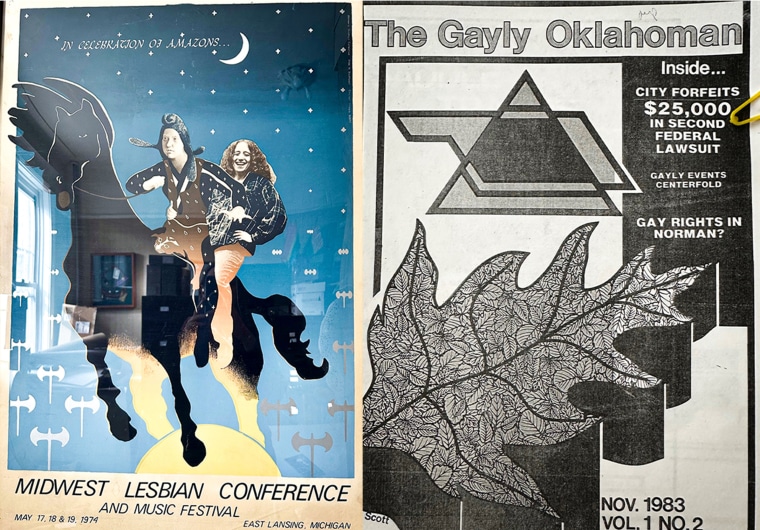
Edel said the archives were founded because she and members of a group called the Gay Academic Union, which worked to make academia more accepting of LGBTQ people in the ‘70s, began talking about how difficult it was to find reliable information about lesbian history.
“A few of us said, ‘Hey, why don’t we just start collecting our history? We’re the ones who best know what we need, what we want. Why let other people do that for us, because they’ll control our history?’” recalled Edel, who now splits her time between New Jersey and Arizona with her partner. “We were all people who really knew that our history was disappearing too quickly.”
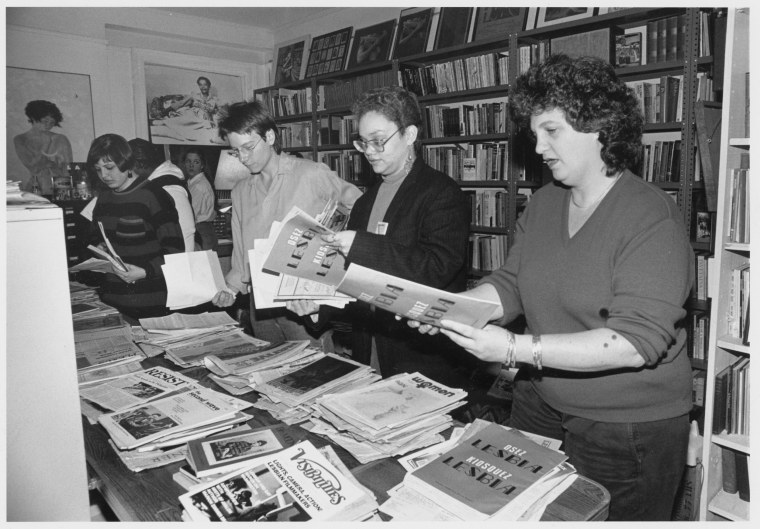
The archives were initially housed in Nestle’s apartment on Manhattan’s Upper West Side until 1993, when the group purchased its current home in Brooklyn’s Park Slope neighborhood (which, according to a 1989 article found in one of the archives’ many filing cabinets, was affectionately nicknamed “Dyke Slope” because of all the lesbians that had moved there). In the early days, Edel said, the founding members used their own money to support the group, but now it’s a nonprofit run entirely by donations and a group of about 20 volunteers.
Due to its nonprofit status, Edel noted, the group is careful about its political organizing. However, she added, “the act of preserving history is an act of revolution and very political, though sometimes people don’t see it that way.”
“We have been a place where people have come for information about what’s going on and what needs to get done and what’s been done in the past, so we don’t have to repeat history,” Edel explained. “As much as the government right now, in many states, is asking us to repeat the history of banishment, we’re not going to let that happen.”
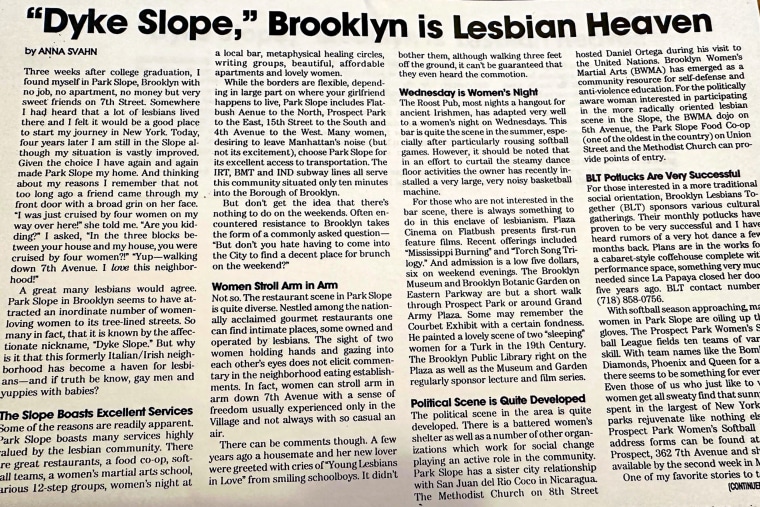
All the material in the archives was donated, said Edel, a retired social worker and educational psychologist who worked with children with learning disabilities. In response to a question about what the archives’ most prized possessions are, Edel said, “That’s hard, because if you ask different people, you will get very different responses.”
The archives house, for example, a letter that lesbian novelist Radclyffe Hall wrote to her publisher trying to explain her position on “The Well of Loneliness,” a queer novel that was declared obscene by a British court in 1928. Edel said someone found the letter while cleaning out an attic in a house and donated it to the archives.
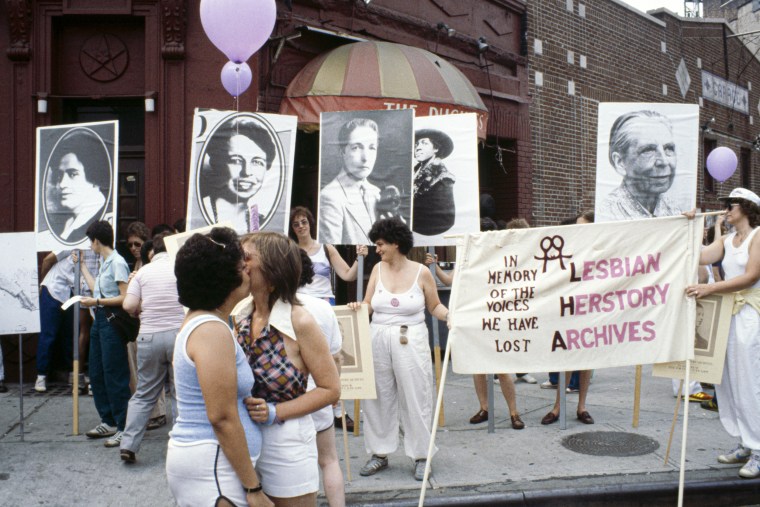
But, to Edel, some of the most precious materials are the personal stories of women who weren’t famous.
“Sometimes the most prized possessions might be just someone’s diary, and they’ve talked about what their personal experience was like, coming out in the ‘50s or ‘60s in a world that was not as accepting as it is now. Those things are absolutely invaluable,” she said. “I think really the most important things are the diaries and letters of everyday women who led their lives bravely as survivors in a difficult world.”
Those personal stories, she said, allow people to be remembered in the way they wanted, but they also help others learn that the lesbian community, and the LGBTQ community more broadly, are “not a monolith.” Edel said the staff is working to digitize their collection to preserve the information and to be able to better share it with people who can’t visit in person.
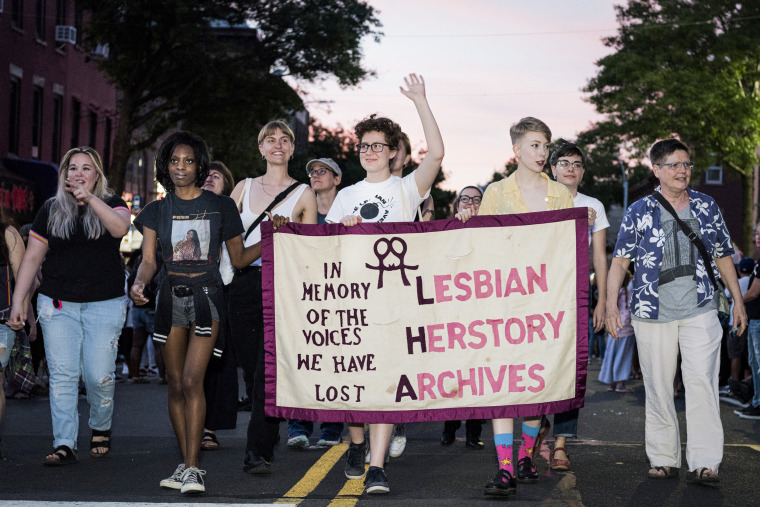
The Lesbian Herstory Archives hosts a variety of events, such as a weekly “Lez Craft!” night on Thursdays. For its 50th anniversary, the organization is hosting a “Dyke Prom” in May at a loft in Brooklyn, though Edel noted that the event is already sold out.
When asked about goals for the next 50 years, she said the archives have outgrown the Brooklyn space and will need to move soon.
“Fifty years is too hard to say,” Edel said. “We leave that in the hands of the next generation. I certainly won’t be around, and I’m just hoping that it still will be mission-driven so that we reflect the amazing complexity of our communities.”
For more from NBC Out, sign up for our weekly newsletter.
